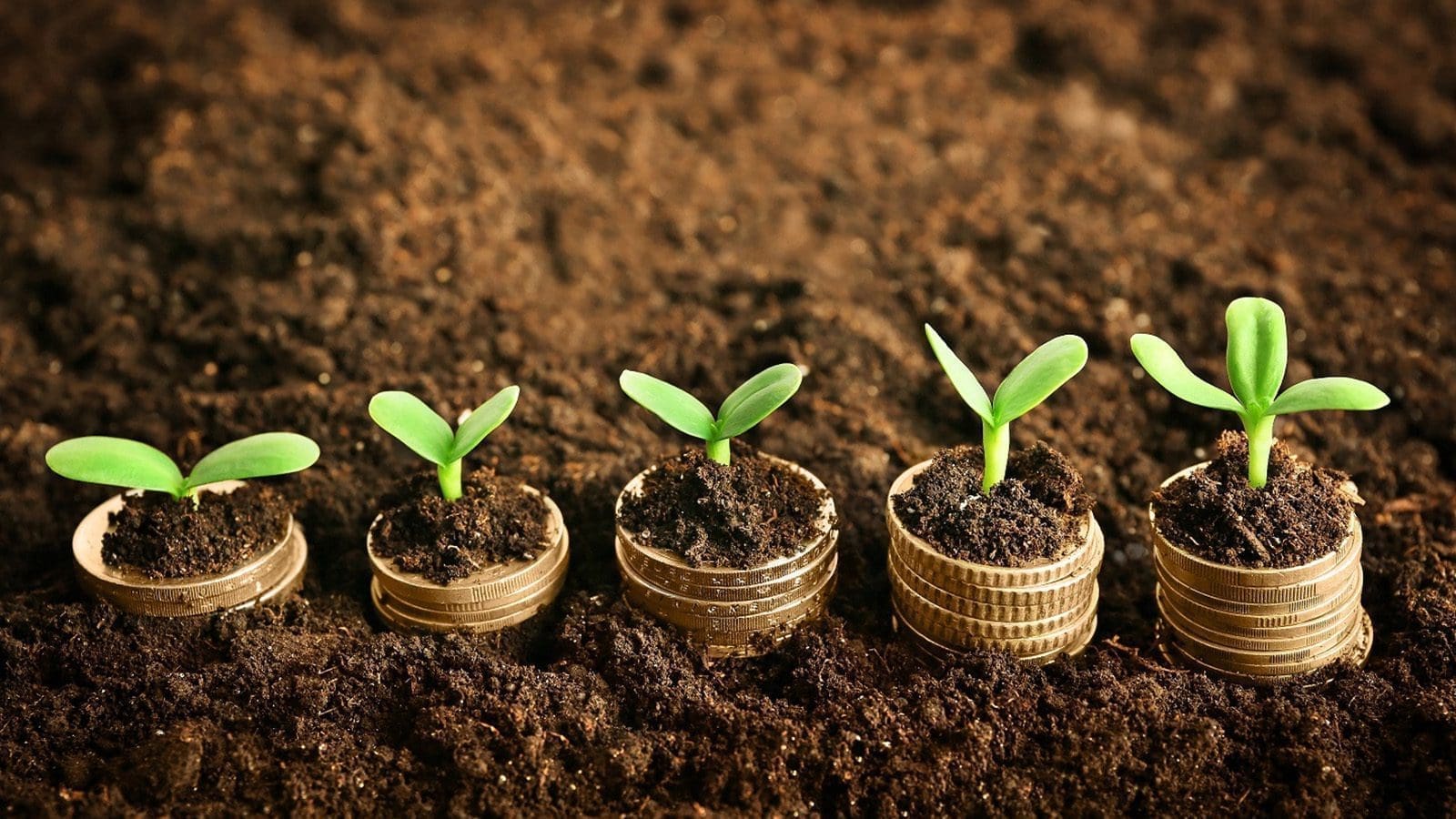GLOBAL – Sales of no- and low-alcohol drinks globally surpassed US$11 billion in 2022, up from $8 billion in 2018, with a consumption growth of a third projected by 2026 spearheaded by the swelling no-alcohol products in the market, according to data from IWSR.
The category grew by more than 7% in volume across 10 key global markets in 2022, driven by increasing consumer demand.
The global alcoholic market research firm highlights that the pace of growth is further expected to surpass that of the last 4 years, with a forecast volume CAGR of +7%, 2022- 2026, compared to +5%, 2018-2022.
The No-alcohol drinks will lead the growth, accounting for over 90% of the forecast total category volume growth.
In 2022, No-alcohol volumes grew 9%, increasing their share of the overall no/low-alcohol space in the world’s 10, leading no/low markets to 70%, up from 65% in 2018.
The subcategory is said to be growing faster than low alcohol in most markets, with the exemption of countries like Japan and Brazil, where low-alcohol markets are at early stages and have a small volume base.
IWSR expects no-alcohol volumes to grow at a compound annual growth rate (CAGR) of +9% between 2022 and 2026. The growth is attributed to improved taste, production techniques, and diversification of consumption occasions.
IWSR notes that switching between alcohol and no/low products is common, owing to the dynamism of the category presenting opportunities for incremental sales growth as consumers are recruited from drinks categories, such as soft drinks and water.
According to IWSR, 78% of consumers of no/low products also drink full-strength alcohol; the largest subset (41% of no/low consumers) are classified as ‘substituters’, who choose no/low products when avoiding alcohol on certain occasions.
However, ‘abstainers’, who refrain from drinking alcohol altogether, account for 18% of no/low consumers, and their numbers are rising in most markets (9 out of 10 seeing an increase), with younger legal-drinking-aged consumers at the fore.
“As more people opt to avoid alcohol on certain occasions–or abstain from it altogether–no-alcohol is steadily increasing its share of the no/low category,” Susie Goldspink, Head of No- and Low-Alcohol, IWSR Drinks Market Analysis commented.
With shoppers, especially younger-aged groups showing a willingness to go for this kind of subtle drinks category, many brands will leverage innovation to drive sales.
IWSR says while many NPD approaches so far involve modification of ABV (alcohol by volume), some producers are focusing on innovation in packaging, functional benefits, and flavor to broaden the options available to consumers and to allow brands to keep consumers within their portfolios.
Germany, the world’s largest and most mature no/low-alcohol market, will see relatively slow growth due to beer market maturity and lack of innovation, while more dynamic growth will come from markets including Australia, Canada, and the US, which will all see double-digit volume compound annual growth rates, 2022-2026.
For all the latest food industry news from Africa and the World, subscribe to our NEWSLETTER, follow us on Twitter and LinkedIn, like us on Facebook and subscribe to our YouTube channel.











